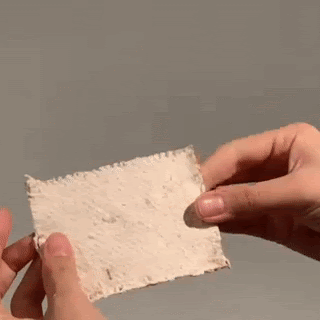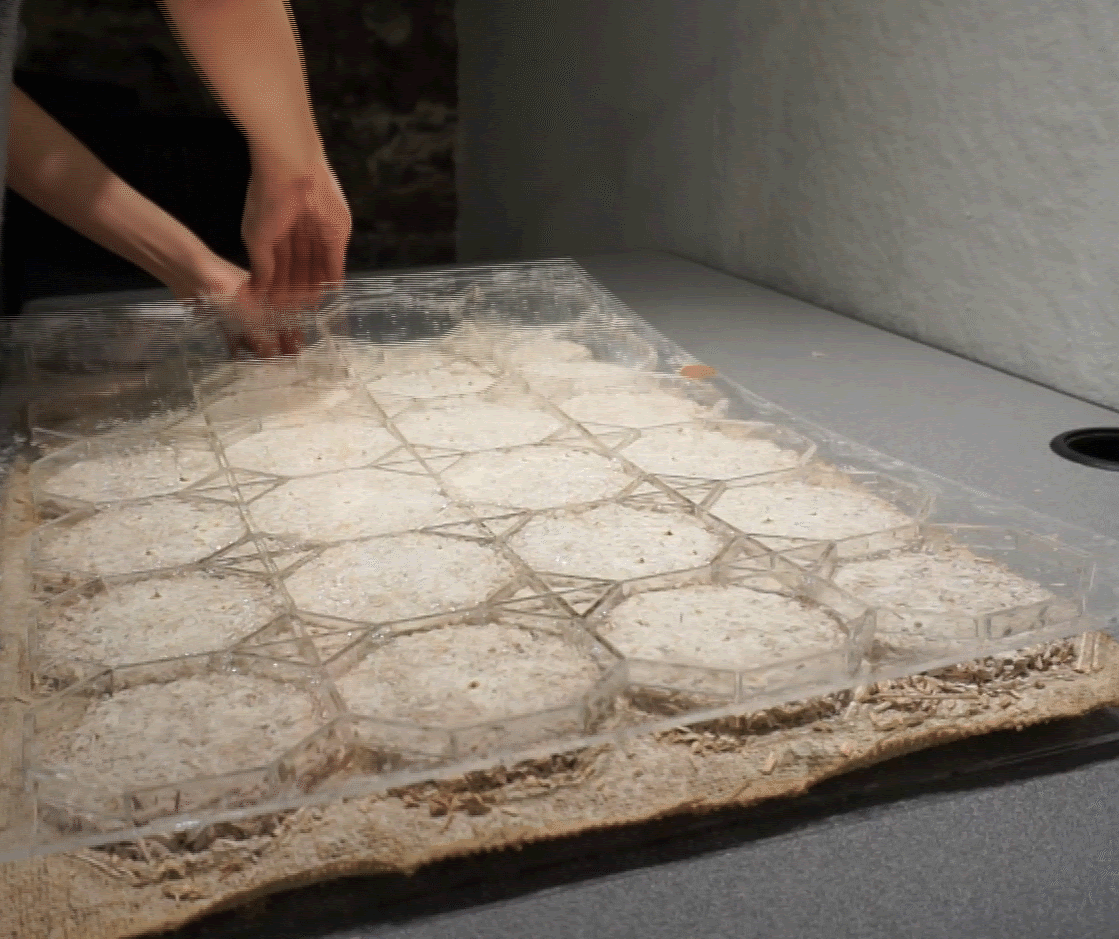How to provide smart and convenient search features for users to find assets tailored to specific design intentions ?
01 Intelligence
02 Customize
How to meet different creative needs while providing a smooth and easy-to-use user experience?
03 Inspire
How to inspire users and help them uncover their creative potentials?
01 Intelligence
How to provide smart and convenient search features for users to find assets tailored to specific design intentions ?
02 Customize
How to meet different creative needs while providing a smooth and easy-to-use user experience?
03 Inspire
How to inspire users and help them uncover their creative potentials?
01 Intelligence
How to provide smart and convenient search features for users to find assets tailored to specific design intentions ?
02 Customize
How to meet different creative needs while providing a smooth and easy-to-use user experience?
03 Inspire
How to inspire users and help them uncover their creative potentials?

Bio Collaboration.
Asking mycelium to grow and decay our ideas for us
Mycelium is the vegetative part of a fungus or fungus-like bacterial colony, consisting of a mass of branching, thread-like hyphae. It is essentially the network of fungi which has its own structural integrity and is also capable in bonding materials that it grows upon or around.
In this project, we explored the mechanical and thermodynamic behavior of mycelium-based composites to create a new type of mycelium-infilled fabric with better insulation values and more sustainable and ethical qualities in order to potentially substitute some traditional insulation materials.
Role | research, bio experiments, material design, prototyping
collaborated with Candice Wu and Kaihong Gao
Affiliation | sponsored by Harvard Wyss Institute for Biologically Inspired Engineering
Year | 2019
Product Intro Video






We are excited to find out that mycelium can bound to materials in two different scale. The micro-scale is like the wood example, when the mycelium actually eats the cellulose it contains and thus grows on it. The macro-scale is when the mycelium is penetrating the porous material and thus adhere to the material.


From here we decided to experiment the possibility with burlap. Burlap is essentially woven plant skin that consist of cellulose, It enables mycelium to bound to it both in macro and micro scale.


What we have know from other people’s research is that mycelium has a very high insulation value. Thus mycelium + burlap is an organic material that has a high insulation value while remains cheap and easily decomposable.
Process Video

In addition to textile insulation, mycelium also has the potential of substituting building insulation in desired interior space.




From the beginning of evolution, human has used natural materials for body and shelter insulation which results in our current presence. The problem now is that the synthetic materials are not sustainable. What is the future of sustainable cloth? How do we evolve in the future with mycelium insulation?









The possible application for mycelium suits different scales.
-
The process of making mycelium is also contributing the recycling of agricultural waste. Mycloth could be the by-product of government funded projects and thus can be affordable to low income people.
-
Mycloth is easier to biodegrade than synthetic materials. This means that mountain climbers or campers under extreme condition can dispose their Mycloth sleeping bag for safety issues. This is mostly useful in preserving higher altitude mountain environments.
-
Mycloth’s raw material can be reused and is very simple. This gives the opportunities for relief needs when transportation is not very efficient. People have the chance to build Mycloth on site as an additional insulation layer for water-resistant tents.